TechRadar Verdict
While very expensive compared to some alternatives, PolarPro’s premium variable ND filter is pretty much flawless – and so well-made that you’ll probably never need to replace it. From its impeccable glass clarity and smooth twist action to the subtle clicks as it hits each filter stop, this is a superbly designed and constructed piece of gear, and a highly recommended buy if you want the ease of having several ND filters in one.
Pros
- +
Excellent built quality
- +
Clever case and lens cap design
- +
No vignetting
Cons
- -
Pricey
- -
Slight color cast
Why you can trust TechRadar
PolarPro VND Filter Peter McKinnon Edition II: Two-minute review
The latest product of PolarPro’s ongoing collaboration with hugely popular videographer and YouTube creator Peter McKinnon, the VND Filter Peter McKinnon Edition II has become an interesting and valuable part of my camera setup over the past few weeks.
First, a quick explanation of what a ND filter does. One of the key principles of photography and videography is the so-called “exposure triangle” – the way that ISO, aperture and shutter speed interact to control the amount of light that hits an image sensor.
By adding a neutral-density (ND) filter – which reduces the amount of light coming in without affecting the color hue – to the equation, photographers gain one extra factor to influence how the camera behaves, and more control over shutter speed and aperture.
For photographers, the ability to reduce light means we can use longer shutter speeds than the lighting conditions would ordinarily allow. That means artfully blurred waterfalls, or night-time shots with streaking, laser-like car headlights. For videographers, control over shutter speed allows for motion blur and wide-open aperture shooting in brighter conditions.
The main selling point of the PolarPro VND Filter Peter McKinnon Edition II (also known as the PMVND II) is that it’s a variable ND filter. In other words, twisting the filter allows the photographer to select an ND value from anything between two and five stops, saving them the bother of having to add filters to and them filters from their lens. (PolarPro also sells a stronger 6-9 stop edition of the VND filter, plus mist-diffusion Black Mist versions of both).
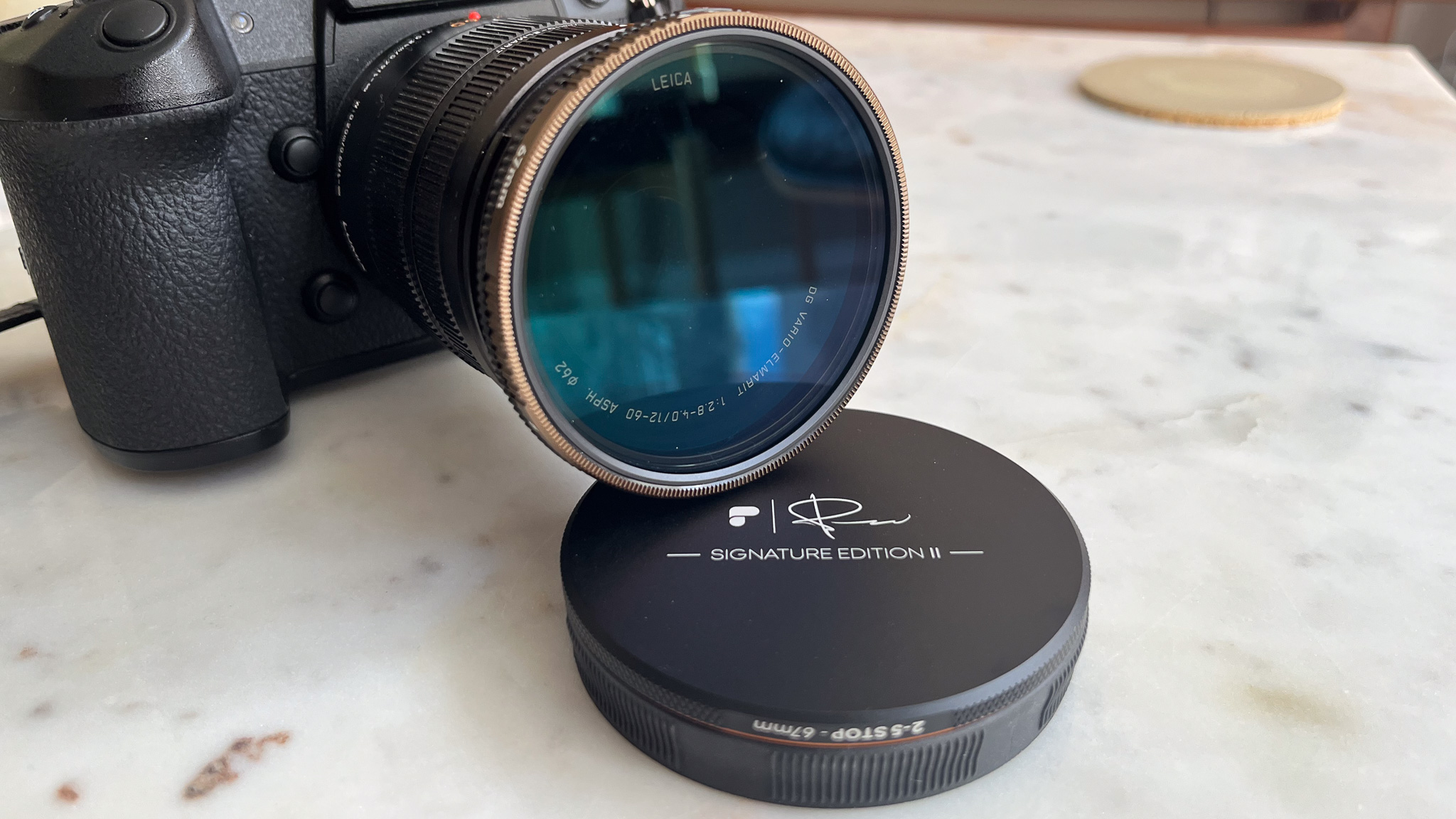
Because my review sample sits at the weaker end of the range for ND filters, I found that it couldn’t stop enough light to get truly long exposures outdoors on a bright, sunny day. Even at its highest 5-stop setting, and with my camera at its lowest ISO setting, a shutter speed of anything longer than a second resulted in a blown-out, overexposed image. So, if you want to shoot multi-second daytime exposures on sunny days or in bright landscapes (like snowfields), you’ll want to have the 6-9 stop filter to hand. If you’re feeling flush, buying both filters provides a wide stopping range.
On more overcast days, at night or indoors, however, the two to five stop range feels very usable. Even during the day, it allowed me to set a wider aperture than I’d normally be able to use for video, resulting in a shallow depth of field with background bokeh while maintaining an ideal shutter speed (of roughly double my frame rate, as the rule of thumb suggests).
Sign up for breaking news, reviews, opinion, top tech deals, and more.
The filter glass is extremely clear and neutral, although it does appear to add a very slight warm color cast when compared to shots with no filter attached. I couldn’t spot a single incidence of ghosting or chromatic aberration, however – two issues that can plague cheaper filters. And it doesn’t seem to affect the sharpness of images at all, which is what I would expect of a filter in this price range.
I also encountered no vignetting when shooting with a wide-open aperture at my lens’ widest field of view (12mm on a Micro Four Thirds camera, equivalent to 24mm on a 35mm or full-frame camera). PolarPro claims the filter exhibits no vignetting right down to 16mm, but I wasn’t able to put that to the test myself.
I also noticed that a small amount of additional contrast could creep into shots as I moved up the ND stop range. That’s a side effect of the variable ND filter design, I think – VNDs require polarized glass to achieve their variable effect, and that will affect the final image slightly. If that’s a no-no for you, you’ll need to use regular, non-variable ND filters instead.
While performance is strong, build quality might be even better. I was sent a 67mm filter to review (it’s also available in 49mm, 77mm, 82mm and 95mm sizes), and used a step-up ring (also by PolarPro) to fit it to the 62mm thread on my Panasonic 12-60mm F2.8-4.0 lens. Both the filter and ring screwed on smoothly and securely, with no awkward threading.
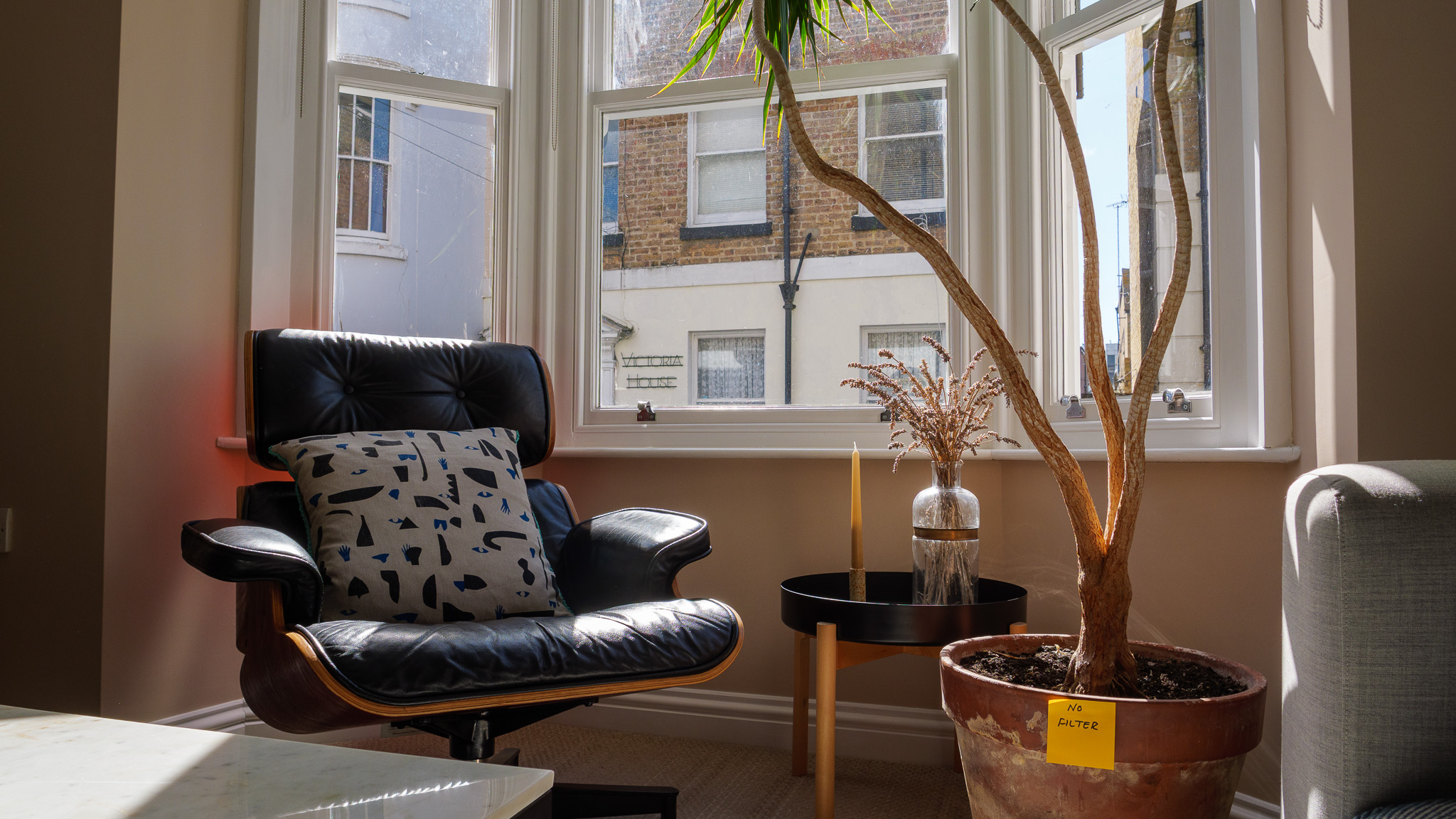
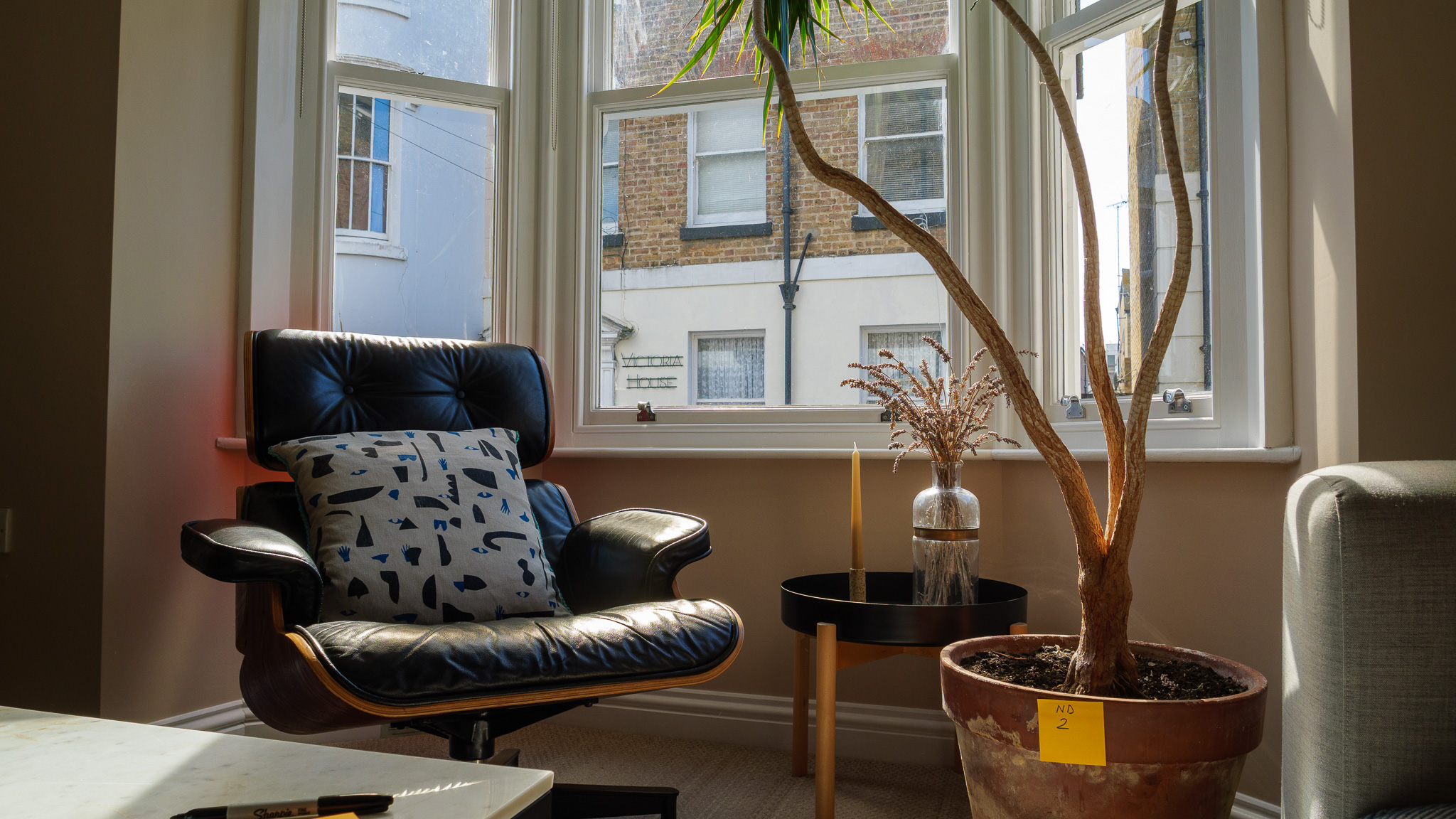
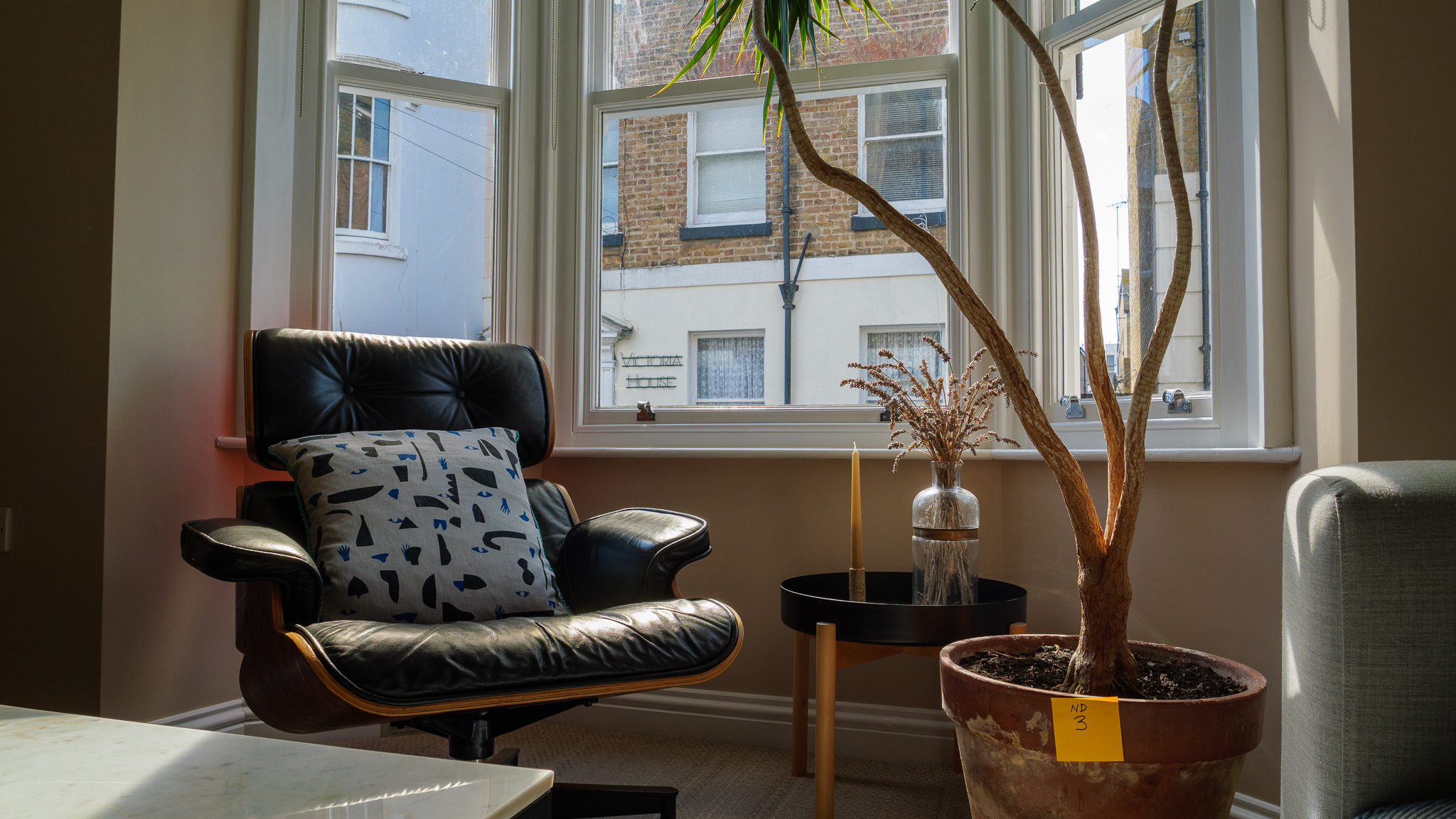
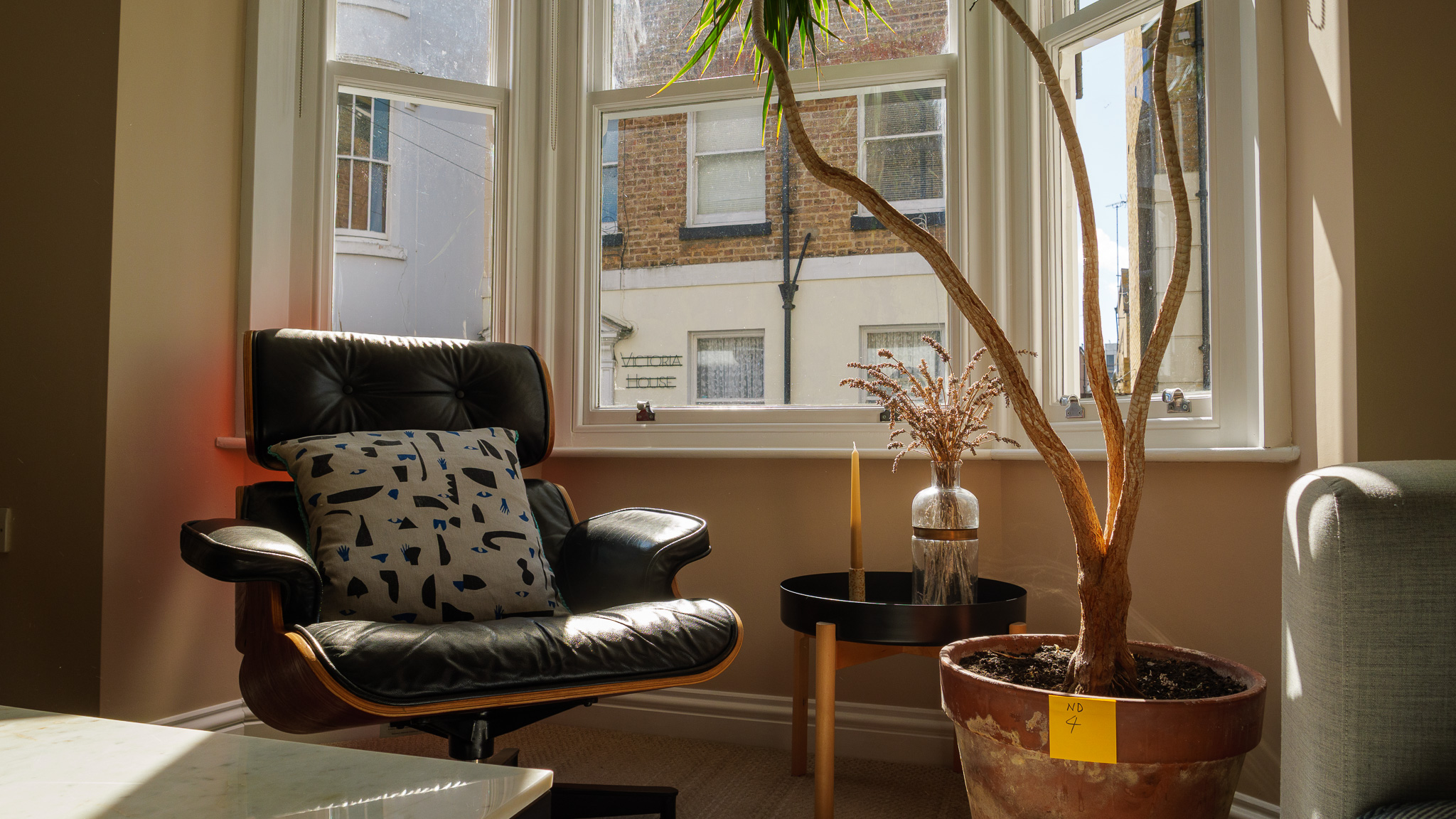
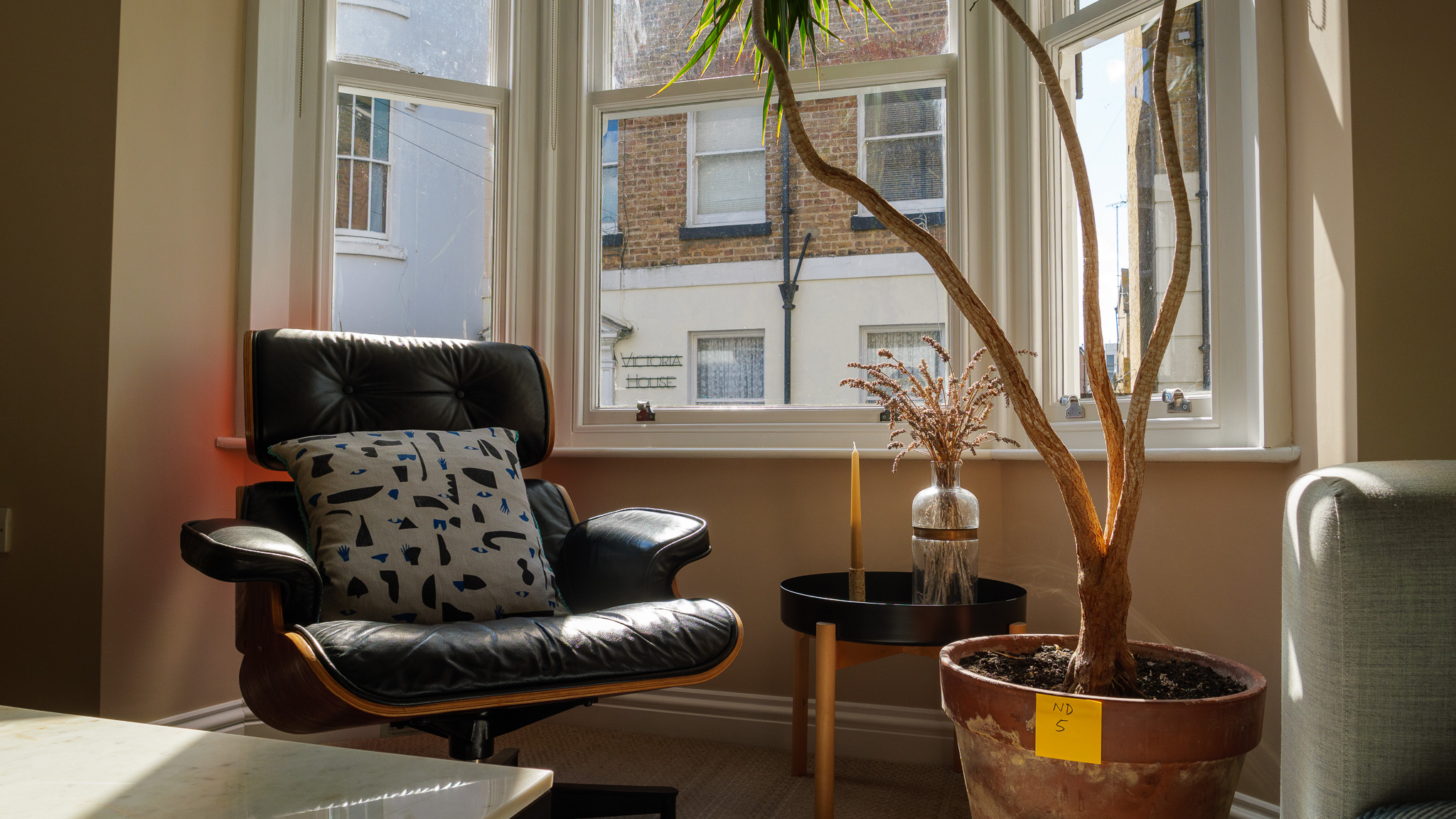
The combined case and lens cap (known as the Defender 360) makes fitting even easier – and ensures greasy fingerprints stay well away from the filter glass. The cap features two parts, one metal (aluminum to be precise) and one rubber, with the rubber element gripping around the filter’s frame so that you can, with a twist, add or remove the filter from your lens. When not in use, the filter sits inside the rubber part while the metal screws back on over one side to keep it safe. It’s an ingenious piece of design.
The filter itself feels beautifully precision engineered. The machined ridges or knurls on the edge give your fingers plenty to grip onto, while the subtle 'click' expressed as each ND stop is reached is welcome (and useful) feedback. Of course, some users might prefer a completely smooth turn, particularly videographers who want to adjust the stopping value while rolling the camera. It’s something to note, but I personally found it a clever design touch.
And, while this is a subjective thing, I think the PMVND II looks really classy too, with its two-tone black and brass finish. It’s hydrophobic too, with water beading and running off the glass easily.
Overall, I’m hugely impressed by the quality of the PolarPro VND Filter Peter McKinnon Edition II. Yes, it’s expensive – but it’s also thoughtfully designed, impeccably constructed, and works exactly as a variable ND filter should. If you’re looking for an ND filter to expand your creative repertoire, this 4-in-1 champion should certainly be on your radar.
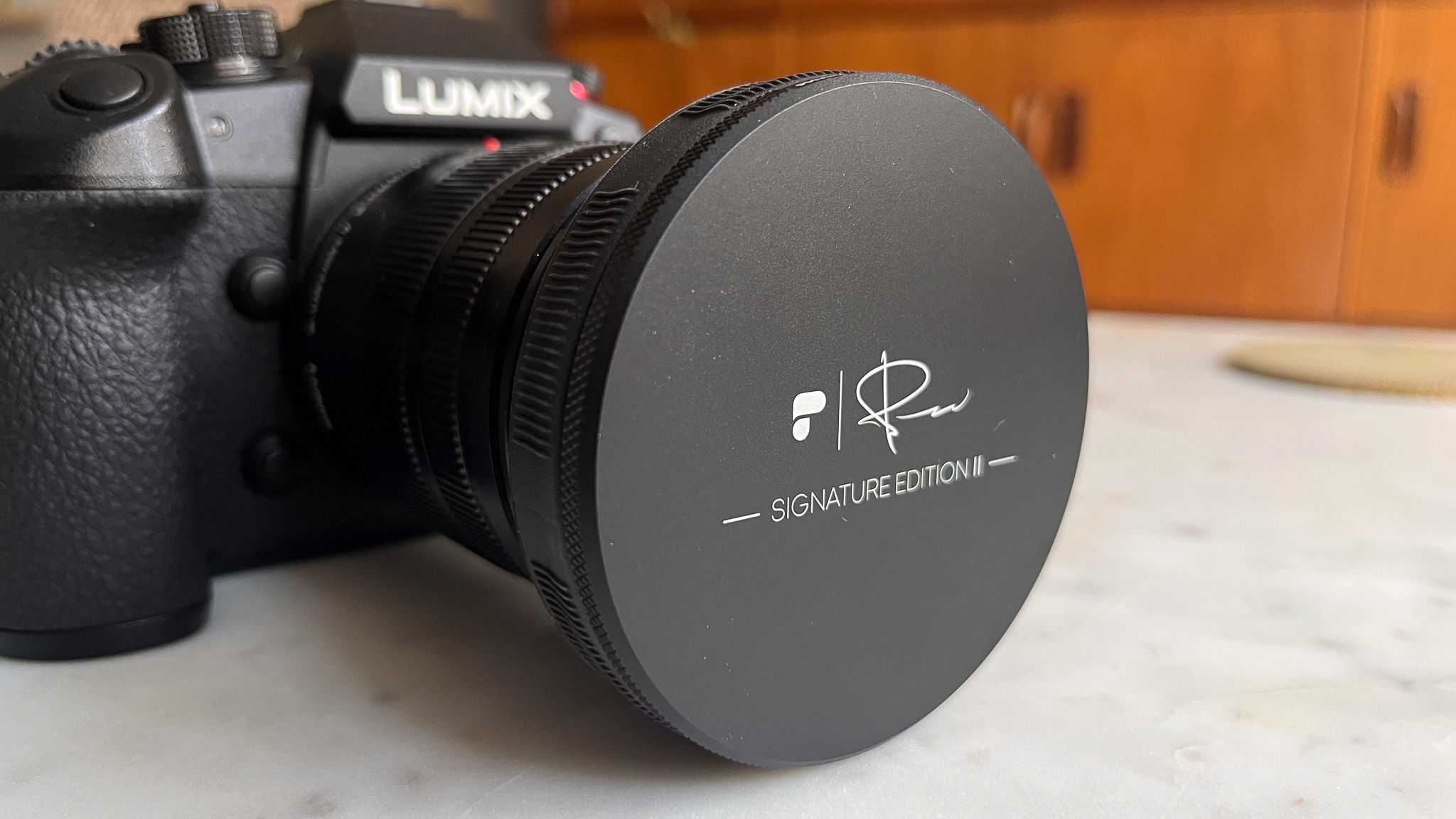
PolarPro VND Filter Peter McKinnon Edition II: Price and availability
The PolarPro VND Filter Peter McKinnon Edition II is available now worldwide, priced at around $150 / £150 / AU$260 for the 49mm size or around $250 / £240 / AU$450 for the 67mm, 77mm, 82mm and 92mm sizes.
The filter is available in two ND stop ranges: 2-5 (which I'm reviewing here) and 6-9, with both models additionally available in a Black Mist version designed to soften highlights for a different look.
These are high prices for ND filters, but I think the quality and adaptability of the PMVND II makes it well worth the price to the right buyer.
Should I buy the PolarPro Peter McKinnon VND Edition II filter?
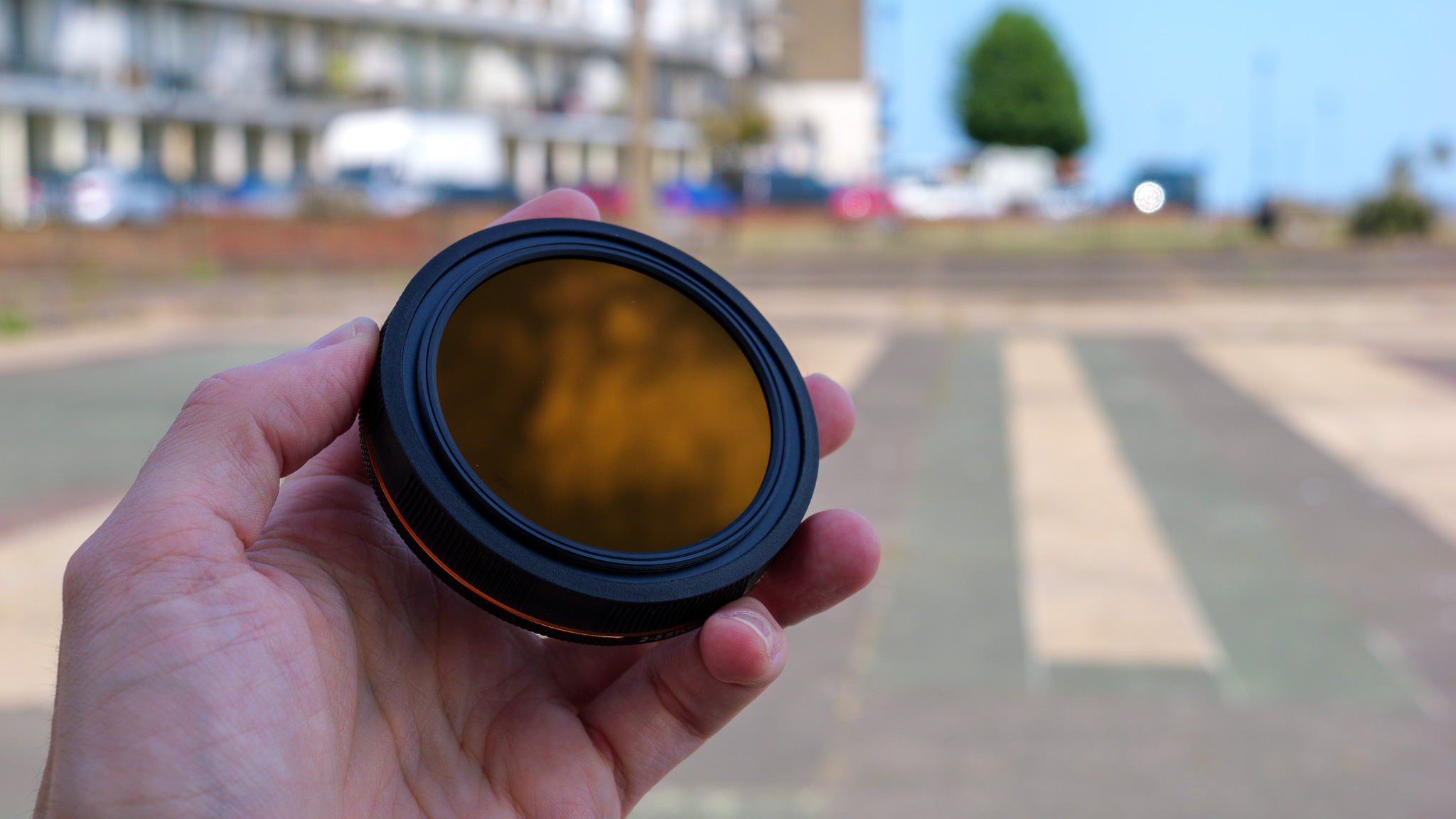
Buy it if...
You find swapping filters a drag
As a VND, this is actually four ND filters in one. Rotating the filter enables the user to move from two to five stops of ND strength.
You value rugged, tactile design
The PMVND II is built to superb standards, from its clean, smooth rotation to its innovative lens cap, which doubles as a protective case.
Don't buy it if...
Your budget is limited
The PMVND II is unashamedly premium, and you can obtain a VND filter, or a set of ND filters, from other brands for a lot less.
You want full smooth rotation
I like the filter's 'clicks' as it hits each ND stop setting, but videographers may prefer a click-free alternative for smoother transitions while filming.
How I tested the PolarPro Peter McKinnon VND Edition II filter
- I used it for several weeks
- I fitted it to a Panasonic Lumix GH6
- I tested it for photo and video capture
I used a 67mm PMVND II on and off for several weeks in the late summer and early autumn on the English south coast, threading it to a 12-60mm zoom lens on my Panasonic Lumix GH6 via a 62mm-to-67mm step-up ring (also supplied by PolarPro). I recorded video and shot photos using all of the filter’s ND levels, and tested it in various weather and light conditions, from overcast drizzly evenings to blazingly sunlit mornings.
First reviewed October 2025

Sam has been writing about tech and digital culture for over 20 years, starting off in video games journalism before branching out into the wonderful worlds of consumer electronics, streaming entertainment and photography. Over the years he has written for Wired, Stuff, GQ, T3, Trusted Reviews and PC Zone, and now lives on the Kent coast in the UK – the ideal place for a camera reviewer to ply their trade.
You must confirm your public display name before commenting
Please logout and then login again, you will then be prompted to enter your display name.
